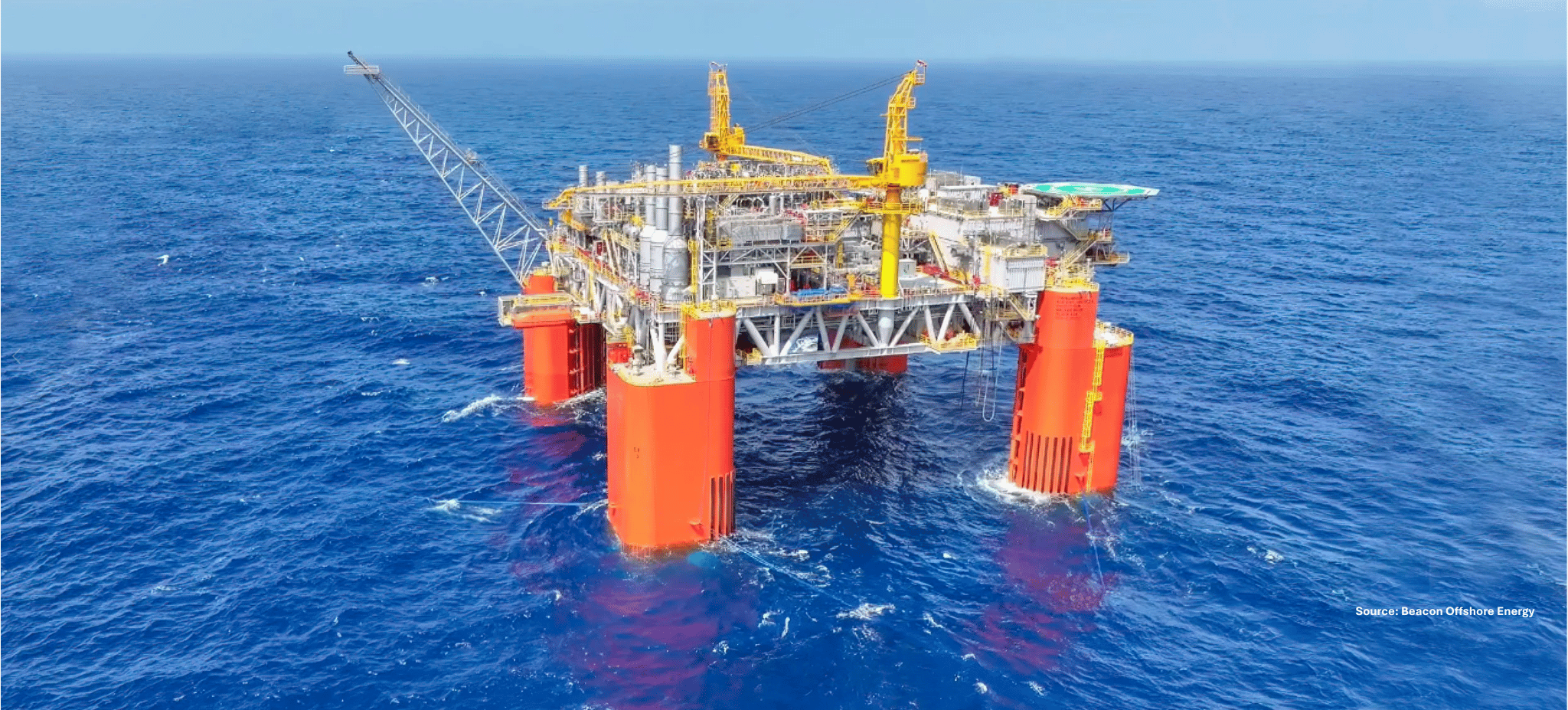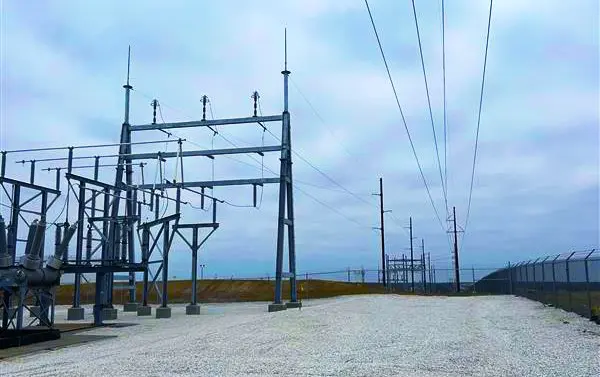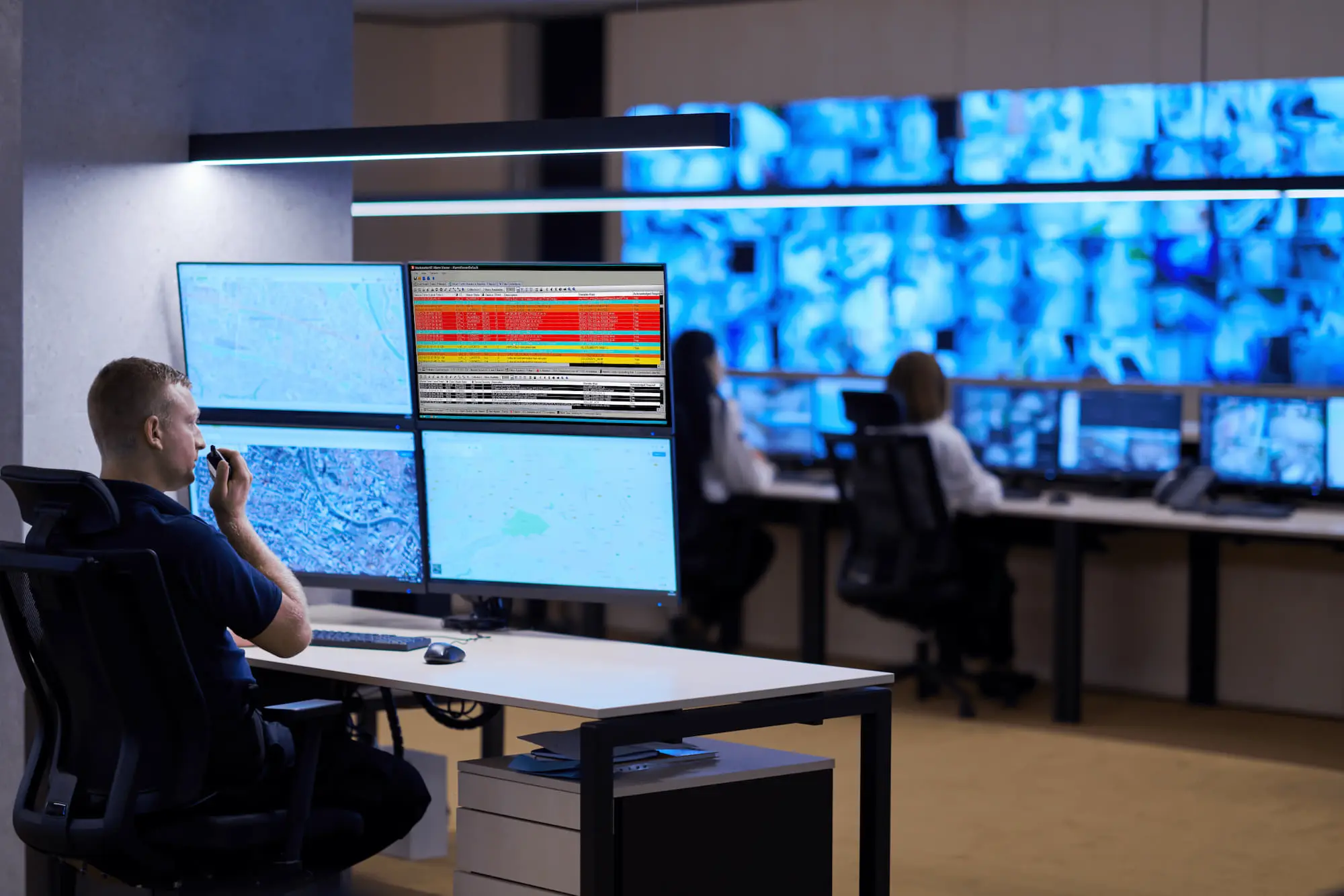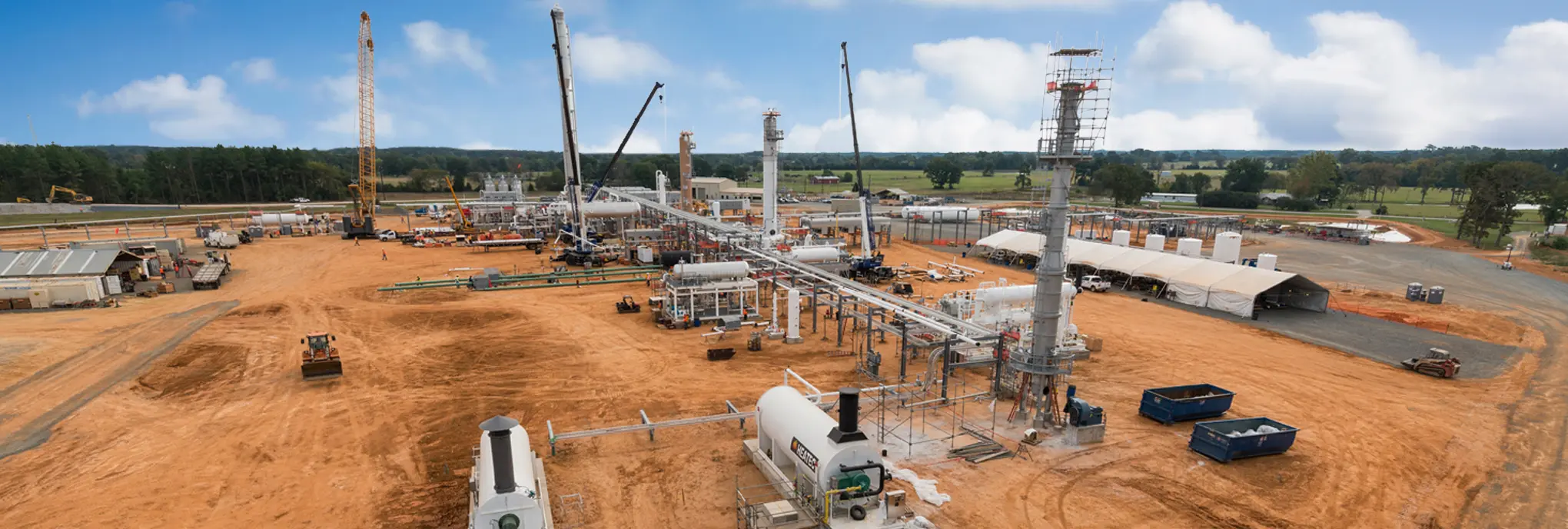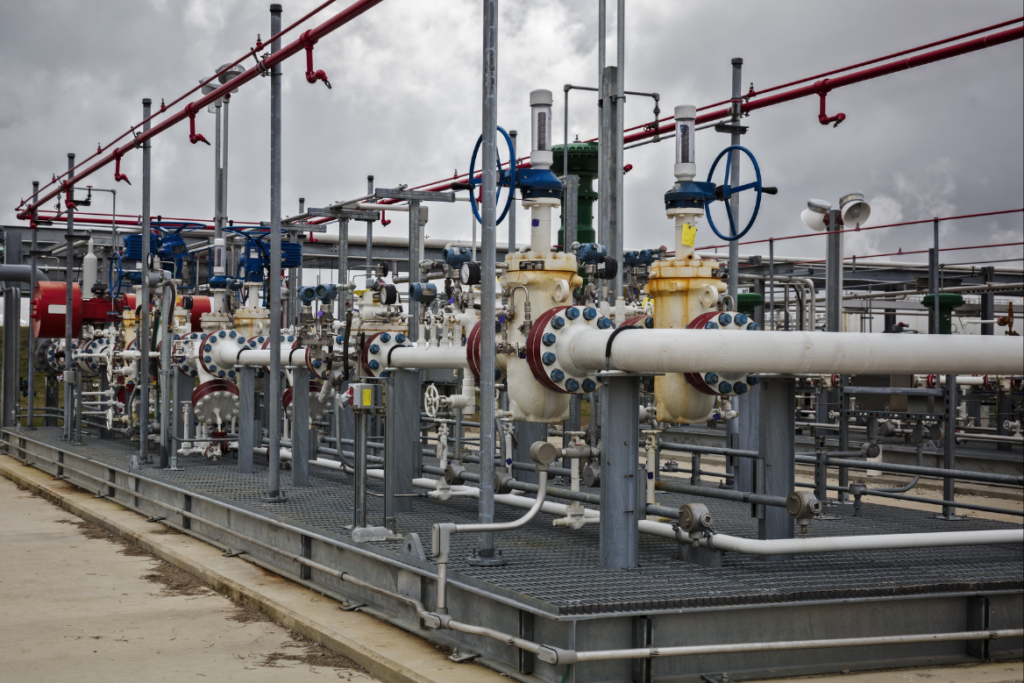

Want to share this article?
The Art of Pipeline and Facility Survey and Placement
Most aspects of getting oil and gas from the ground to the consumer as a refined or pure product are complicated, requiring knowledge and practical application of it from a variety of professionals.
From exploration to distribution, well-trained geologists, biologists, chemists, and engineers are behind the scenes making it happen. The early stages of pipeline and facility placement are no exception, requiring insight and careful planning to ensure a field project is effective and safe for not only the operator and personnel but also the environment.
Placing a pipeline, for example, is a complicated process that requires consideration of aspects such as topography, soil characteristics, ecosystems, and safety factors as well as local, state, and federal regulations. While finding the shortest route is a worthy endeavor, such a route is usually not optimal due to these types of constraints. Perhaps the soil is not resistive enough or future population is set to increase significantly along a proposed route, requiring numerous modifications to the plan. The entire route development process must also incorporate a sometimes bewildering array of regulations and legal considerations to ensure landowners, governments, and environments are all respected.
Like pipelines, placing other facilities like wells requires engineering and other scientific know-how. Three- and four-dimensional seismic exploration may be required in the early to late phases to determine if an area is feasible for drilling and, if so, what additional infrastructure is required. Geographic information system (GIS) tools help examine the potential environmental effects of facility placement, and simulation tools utilizing popular and experimental algorithms may even be used to better determine the best well locations. Density imaging, geological stress assessments, and calculation of net present value (NPV) also factor into a well placement. Fractionation plants, refineries, and subsea facilities all offer their own unique survey and placement challenges as well. Subsea surveys in particular require additional acoustic and metrological methods and equipment not typical of other onshore surveys.


